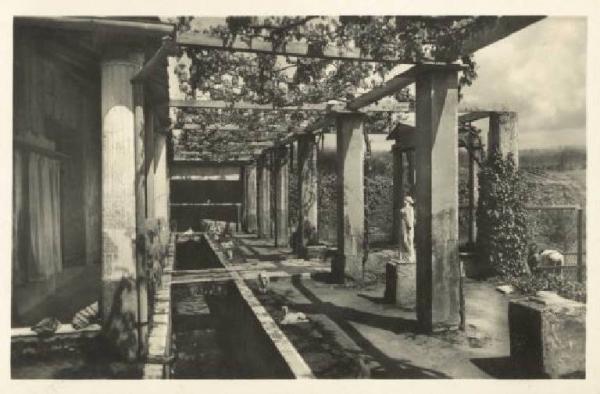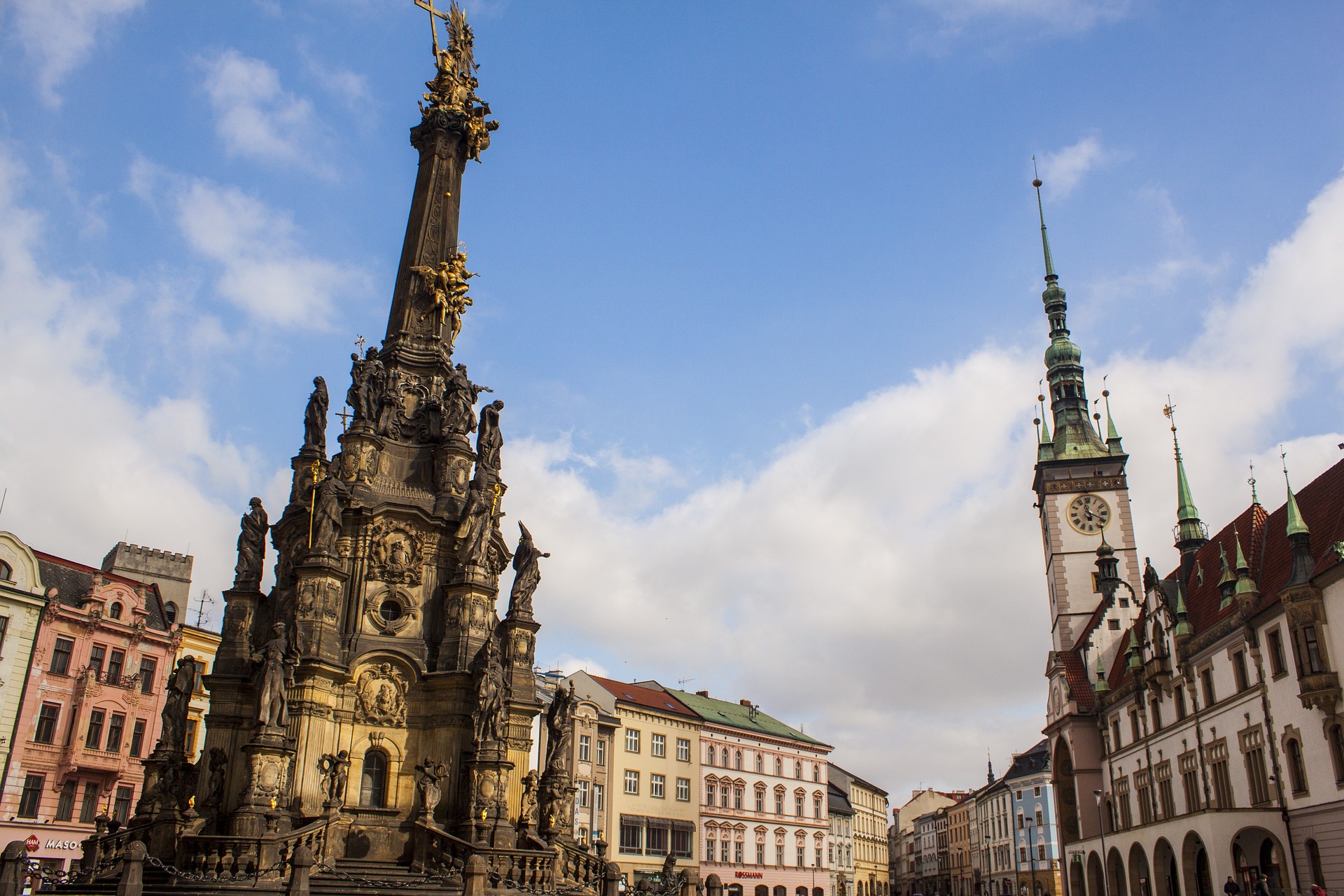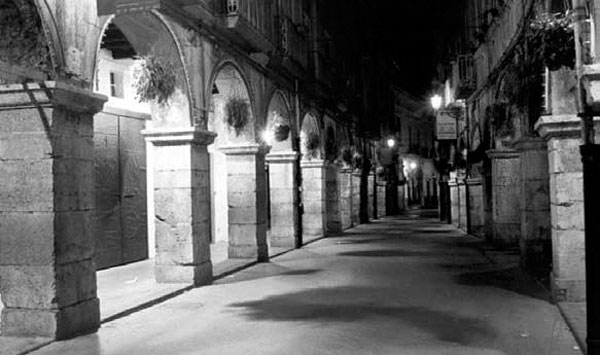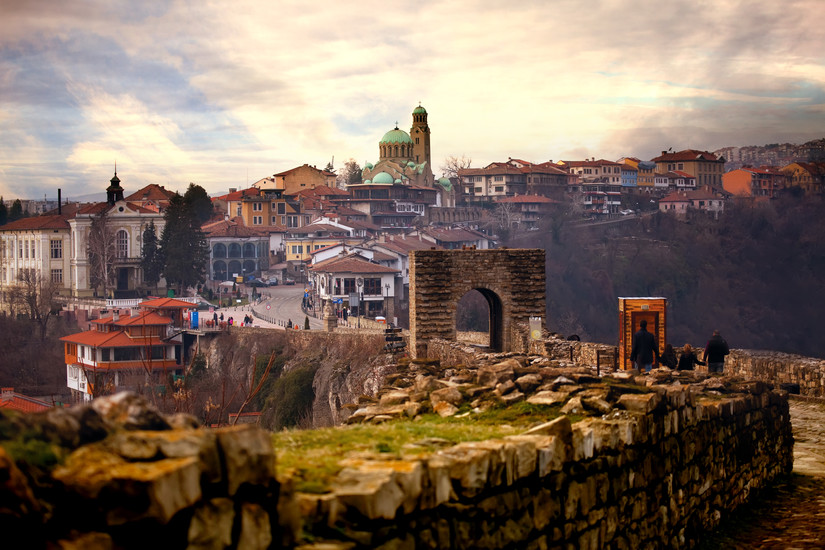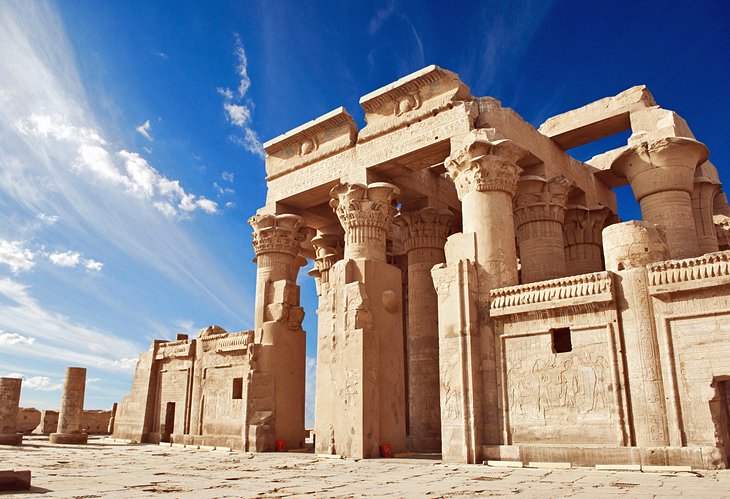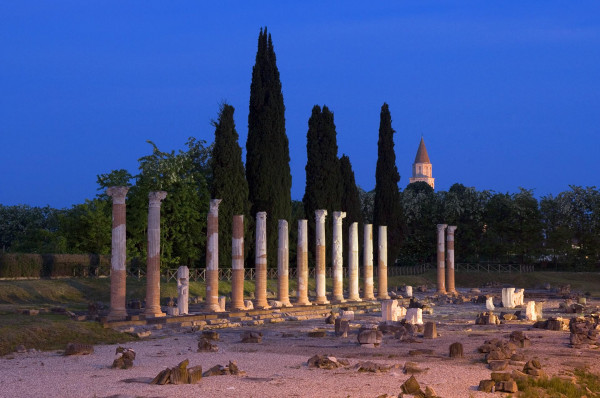The house, also known as that of Loreio Tiburtino, belonged to D. Octavius Quartio, as evidenced by the signet ring found at the entrance. It partly retains its original layout (2nd cent. BC): the bedrooms (cubicula) and a triclinium open onto the atrium, the heart of the dwelling. The side towards the Amphitheater, renovated after 62 AD, still has a garden lush with greenery and ponds, imitating country residences, according to the ‘villa living’ fashion typical of that time. This ‘parkland’ is divided into two long pools (euripi) arranged in a ‘T’. The porticoed upper euripus was decorated with statues alluding to Egypt, homeland of the goddess Isis: in the center is a sacellum with fountains, at the back a double bed for outdoor dining, and a cave-like niche, decorated with frescoes in mythological themes. The lower euripus, divided into three basins (perhaps for fish), extend across the entire garden and was traversed by tree-lined lanes, recently restored.
by Special Superintendency for the Archaeological Heritage of Naples and Pompeii (SANP)
